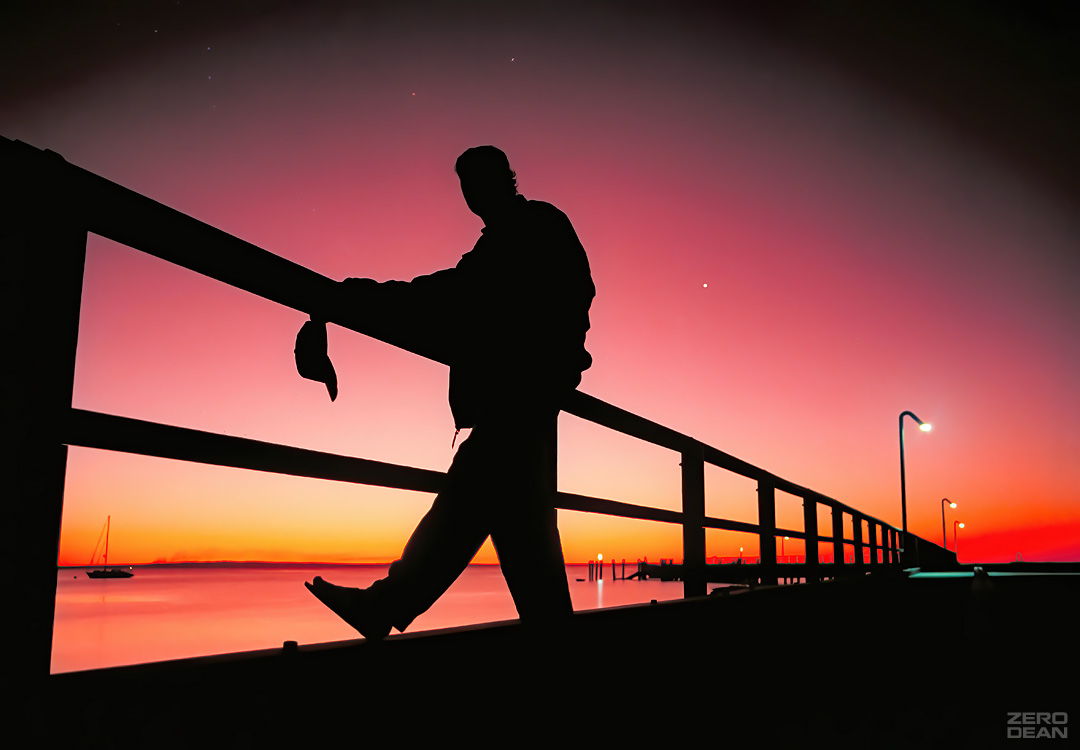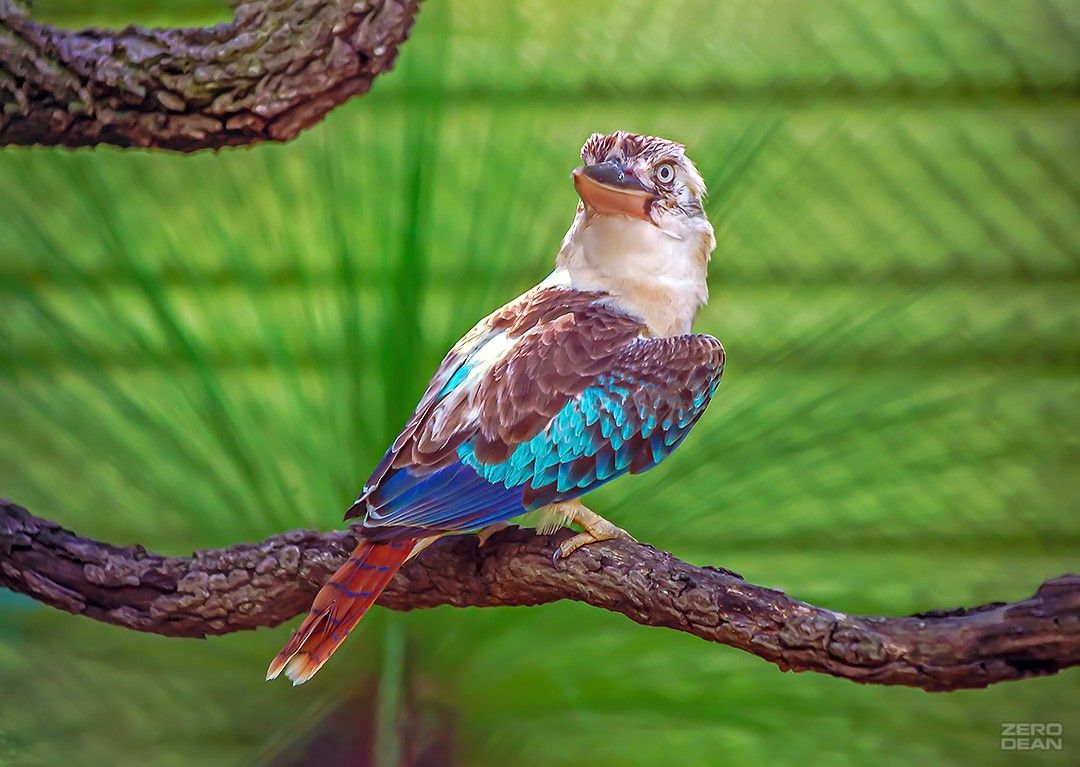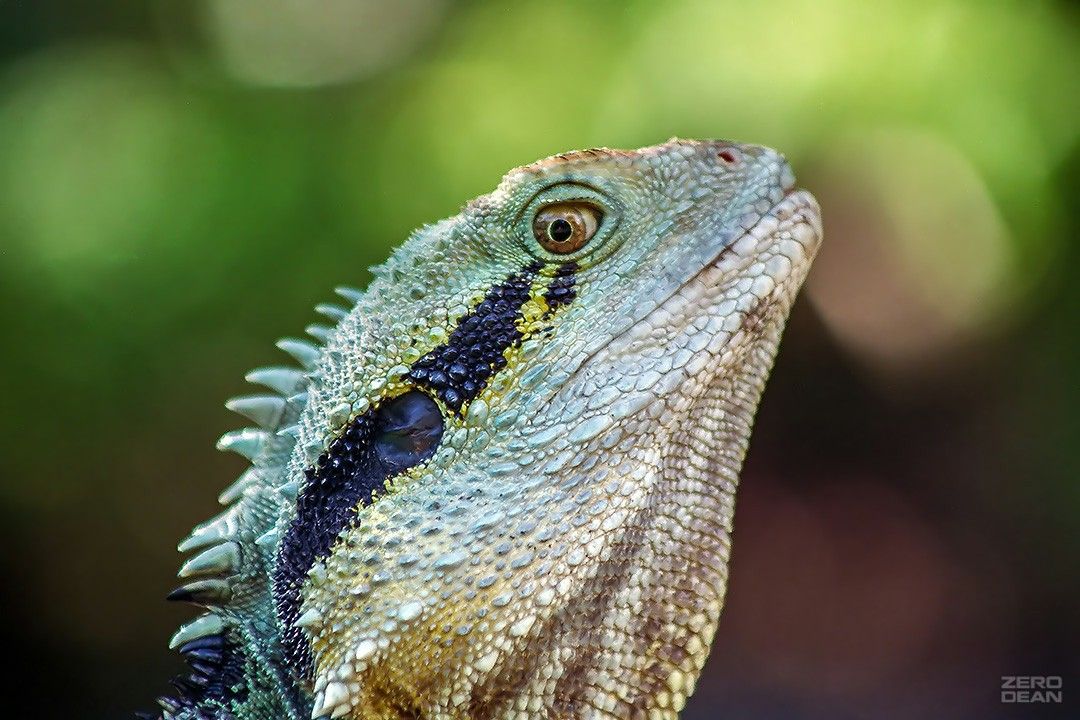What is a headshot? What is a headshot for?
A headshot is, in most cases, an 8″x10″ photo taken of a model or actor. A headshot commonly encompasses a subject’s head and shoulders, with the focus being almost completely on the subject’s face. However, some “headshots” can often include as much as 3/4 of the subject’s body (called a “three quarter” shot).
If you’re an actor wishing to audition for roles, headshots are an absolutely necessary part of the process.
An 8″x10″ headshot is essentially “a business card for actors” which is presented to casting directors who decide whether a person has the right “look” for a particular part for a role in a movie, tv show, or theatrical part. It is not a “glamour shot”.
A good headshot is intended to market a person “as they are” (you should look your age, for example), but in as positive light as possible, accentuating the subject’s best qualities. A good headshot will often provide the viewer with a glimpse into the person’s character, or show their potential for a particular role a casting director is looking to fill.
Some photographer may claim that their headshots will get you work, but this isn’t entirely true. A good headshots can help you get your foot in the door and called in for an audition, but it won’t get you hired if you can’t follow it up with your acting chops.
A headshot is almost 100{dcffd43726133daeb6db98a6264148e9655107ea582a8464768083791b383b96} of the time the absolute only thing a casting director has to judge you by. And if your headshot isn’t good and grab their attention in about 1/2 of a second, you’ll get passed over without a second chance or a second thought.



